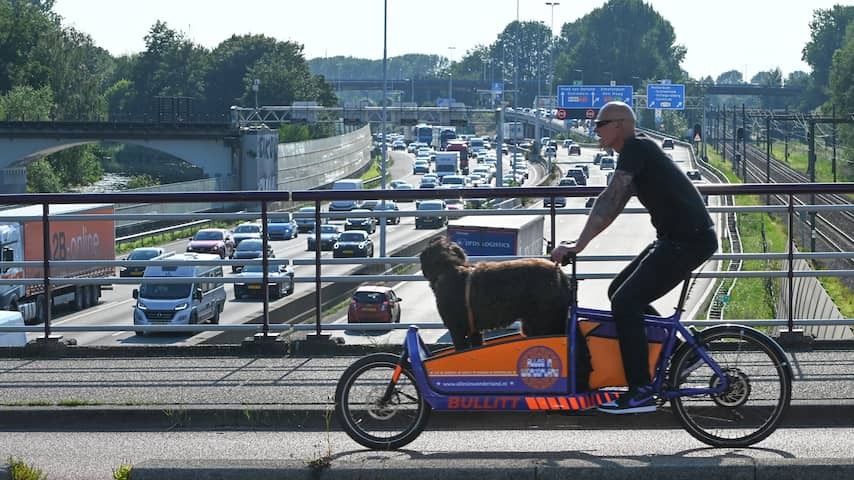
The economic damage caused by environmental pollution and greenhouse gas emissions continues to increase, while emissions themselves are decreasing. The Dutch emissions of CO2, nitrogen and other harmful substances now cost 46 billion euros per year, calculated by the PBL.
That is equivalent to 4.6 percent of the size of the Dutch economy (the gross domestic product). Seven years ago, the Netherlands Environmental Assessment Agency (PBL) came to almost the same percentage in an earlier version of the study, and an amount of 31 billion euros.
“We were surprised about that,” says researcher Sander de Bruyn of the PBL. He had expected in advance that the damage would be lower now, because the economy has grown but the emissions of most polluting substances have decreased.
Yet the damage is higher, partly due to new insights into the harmfulness of our emissions. For example, the World Health Organization WHO has drawn up stricter guidelines for air quality. Damage from air pollution is also increasing because the Netherlands is aging further. Older people get sick earlier due to air pollution.
Not an exact science
To calculate the damage from our greenhouse gas emissions, the PBL looks at the costs of reducing those emissions to zero. Because our climate goals have been tightened in recent years, the associated costs have increased significantly.
Many other scientific studies look at the actual costs of climate change, for example in the form of climate damage or investments in dike reinforcement. The PBL does not do that, but according to De Bruyn such a calculation would produce comparable results. There are even scientists who come up with much higher damage costs, because climate change continues to have an effect for many generations.
Such damage calculation is not an exact science, De Bruyn acknowledges. But according to the researcher, the amount of 46 billion euros comes from a conservative calculation. According to him, you could even call it a lower limit, because all kinds of damage items are missing. For example, there is still no scientific agreement on an environmental price for the emission of PFAS or all kinds of pesticides. These are therefore not included in the research.
Mobility is the most harmful
The research shows that traffic and transport causes the most environmental damage, followed by agriculture and industry. Of the sub-sectors, road traffic is number one, followed by cattle farming. Within the industry, chemicals, refineries and steel production are the most harmful.
The damage calculation “gives food for thought”, says De Bruyn. By calculating the costs of our emissions, you can, for example, compare it with our spending on healthcare. “There is always a discussion about whether it is not better to focus on prevention. Reducing environmental pollution is a form of prevention.”